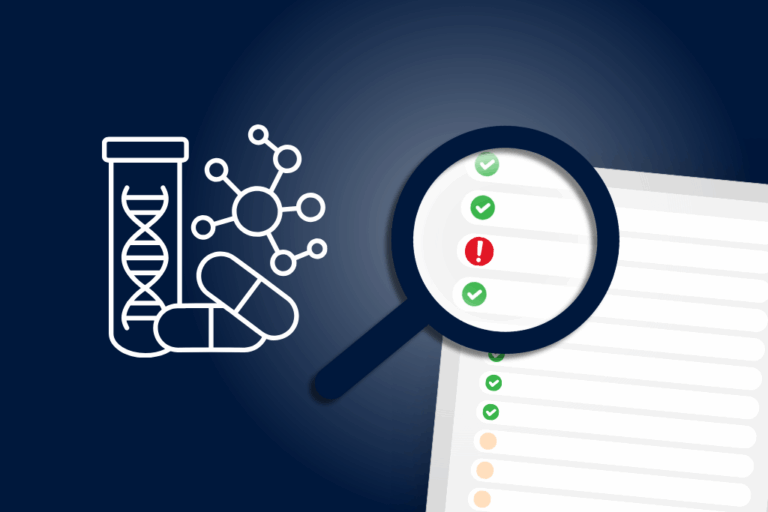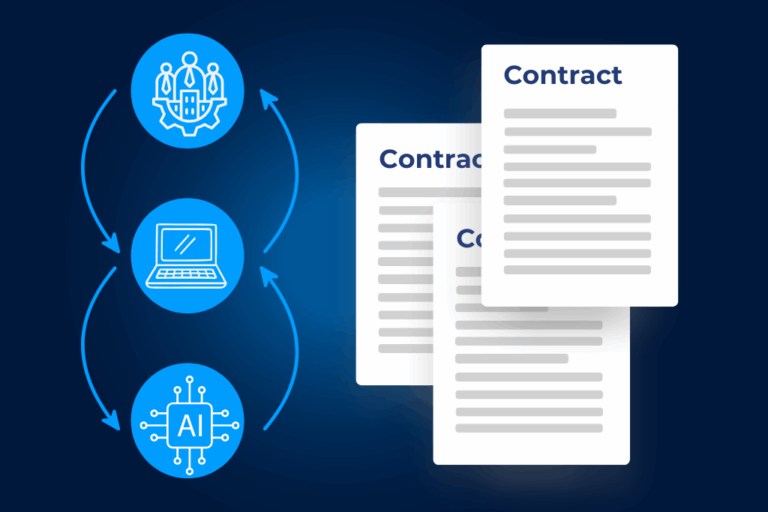Introduction
Pharmaceutical regulatory compliance is at the core of the industry as it allows companies to operate, innovate, and maintain trust with regulators and patients. When compliance fails, the consequences hit fast and they also hit hard. As a result, companies risk:
Many organizations underestimate how quickly non compliance can evolve into operational instability. This is why pharmaceutical regulatory compliance requires attention, along every stage of product development.
Why pharmaceutical regulatory compliance is a strategic priority
Within the pharmaceutical sector every activity involves a degree of regulatory oversight. Furthermore, every activity involves (often times) its very own set of regulatory constraints, and to that, add the regional specificities.
Research, clinical development, supply chain operations, manufacturing, labeling, data integrity, and commercial contracts all rely on transparent processes and reliable documentation. In fact, the GxP guidelines were established with that exact goal. Among them professionals of the industry can find:
Pharmaceutical regulatory compliance ensures that these processes remain consistent and defensible. It also allows companies to respond quickly to pharmaceutical audits, inspections, and evolving international expectations. Ultimately, it also provides the proper foundation to support long term stability.
What happens when pharmaceutical regulatory compliance breaks down
The most damaging outcomes usually come from the simplest oversight: a missing approval record, an outdated contract clause or an unmonitored supplier.
Once regulators detect inconsistencies, companies can experience serious consequences including financial sanctions, product withdrawal, loss of market access, legal risk, and operational disruption. To sum it up, ignoring pharmaceutical regulatory compliance is far more expensive than maintaining it.
How to strengthen pharmaceutical regulatory compliance
The GxP mentioned previously are the best way to ensure you organization’s pharmaceutical regulatory compliance is rolling. Below are some more practical tips that can be helpful along the way.
Establish complete visibility over obligations and documentation
Pharmaceutical regulatory compliance depends on clear and consistent records. Every approval, obligation, contract, and amendment must be easily located and verified.. As a matter of fact, these are among the key components of GdocP. Many compliance failures come from scattered documentation or outdated contract and agreement versions.
The pro tip: With the right CLM pharmaceutical teams can centralize all contract related information so that everyone can access commitments, deadlines, and versions with clarity. This reduces the chance of missed obligations that often trigger non compliance incidents and in turn carry financial consequences.
Maintain structured governance for entities and subsidiaries
Pharmaceutical regulatory compliance becomes more complex as organizations operate across several countries and manage multiple legal entities. In this environment, without structured governance, responsibilities blur and key requirements often go unnoticed.
The pro tip: Relying on an Entity Management solution enables clear visibility and clean governance data. This helps keep board decisions aligned with the reality and stores statutory documents in an organized manner. When audits come in, all the corporate information is accurate and aligned with all parties.
Strengthen collaboration with suppliers and third parties
A large portion of compliance risk originates in the supply chain process. As a result, pharmaceutical regulatory compliance requires continuous oversight of partners, quality standards, and contractual obligations. When suppliers fail to meet these requirements, the consequence is that the pharmaceutical company is ultimately held accountable.
The pro tip: Automation is crucial to strengthen collaboration both internally and externally. CLMs today enable workflow automation to approve, track and manage contracts and commitments. Such features accelerate processes and help avoid delays that do not align with regulatory expectations.
Support decision makers with validated and traceable information
Regulators expect complete audit trails and consistent evidence of compliance. Pharmaceutical regulatory compliance cannot rely on scattered files or unverified approvals. Leadership teams need reliable information that proves responsible oversight.
The pro tip: Good CLMs offer a robust traceability for every review, approval, signature, or policy update. Nowadays AI enables quick search tools that allow teams to quickly find the answers they need. This delivers the documentation needed to demonstrate compliance during inspections but also keeps it all in order on a daily basis.
The path forward
Pharmaceutical regulatory compliance is ultimately about trust: from regulators, healthcare professionals, and patients. Companies that invest in reliable processes and advanced governance tools reduce risk and accelerate their ability to innovate.
With DiliTrust, organizations gain technology that supports every dimension of pharmaceutical regulatory compliance from contract accuracy to entity oversight and secure decision making. In a field where the cost of mistakes is exceptionally high, choosing strong governance solutions is a strategic advantage.



